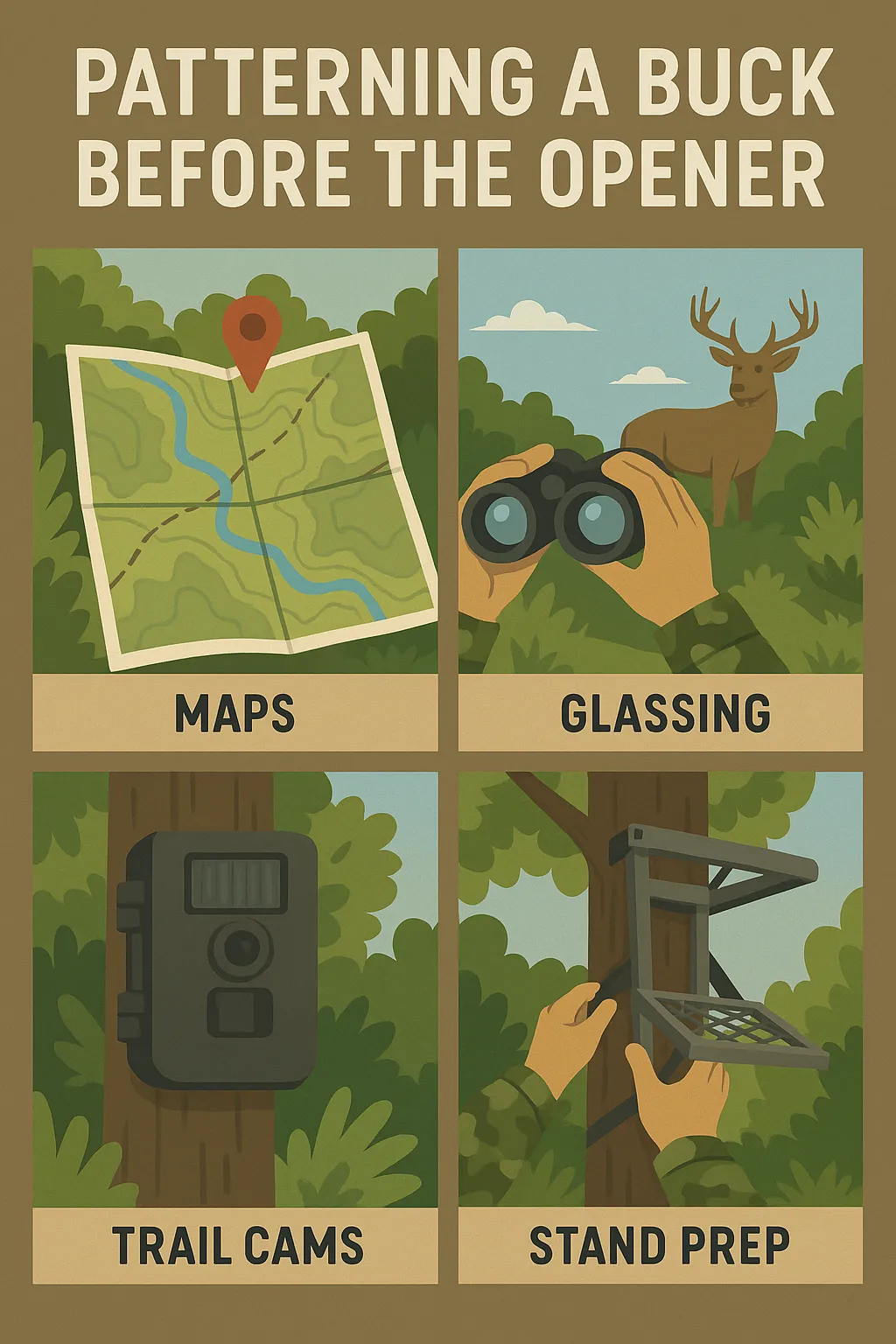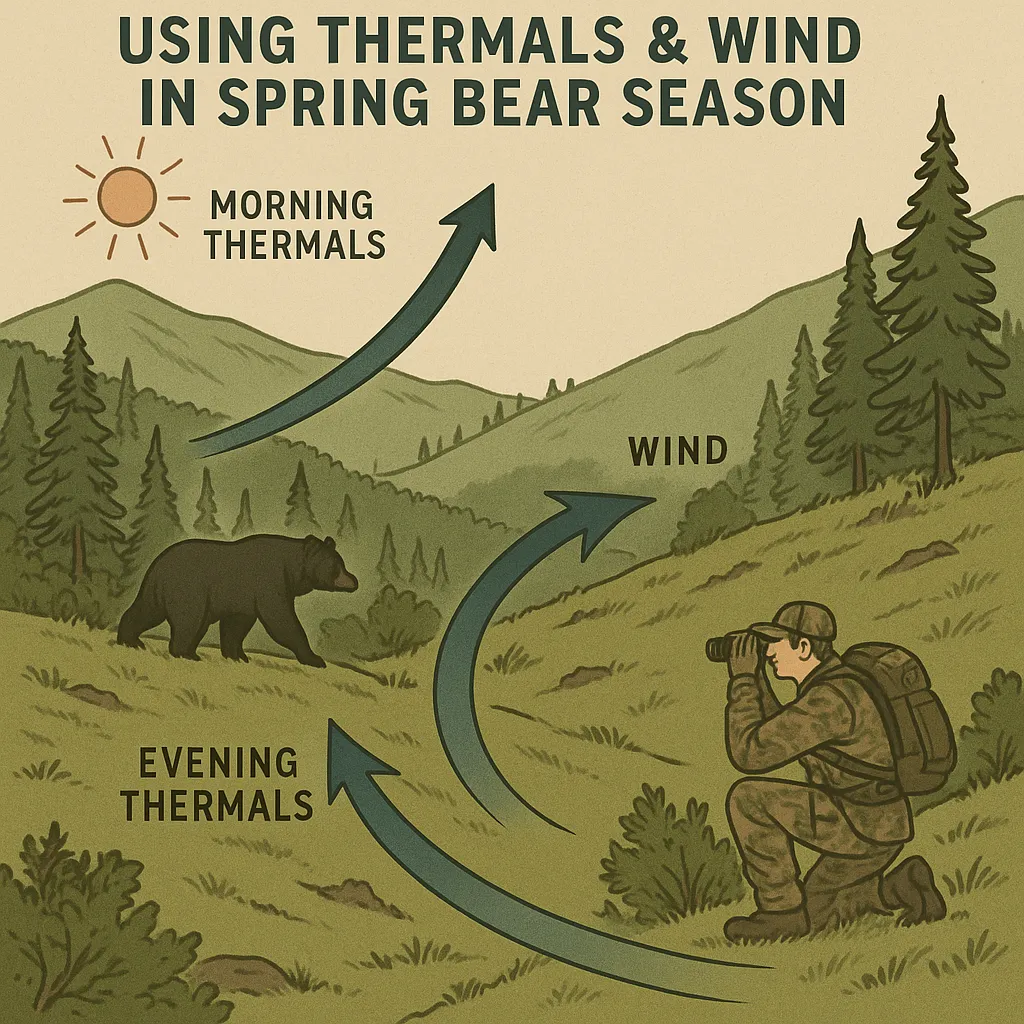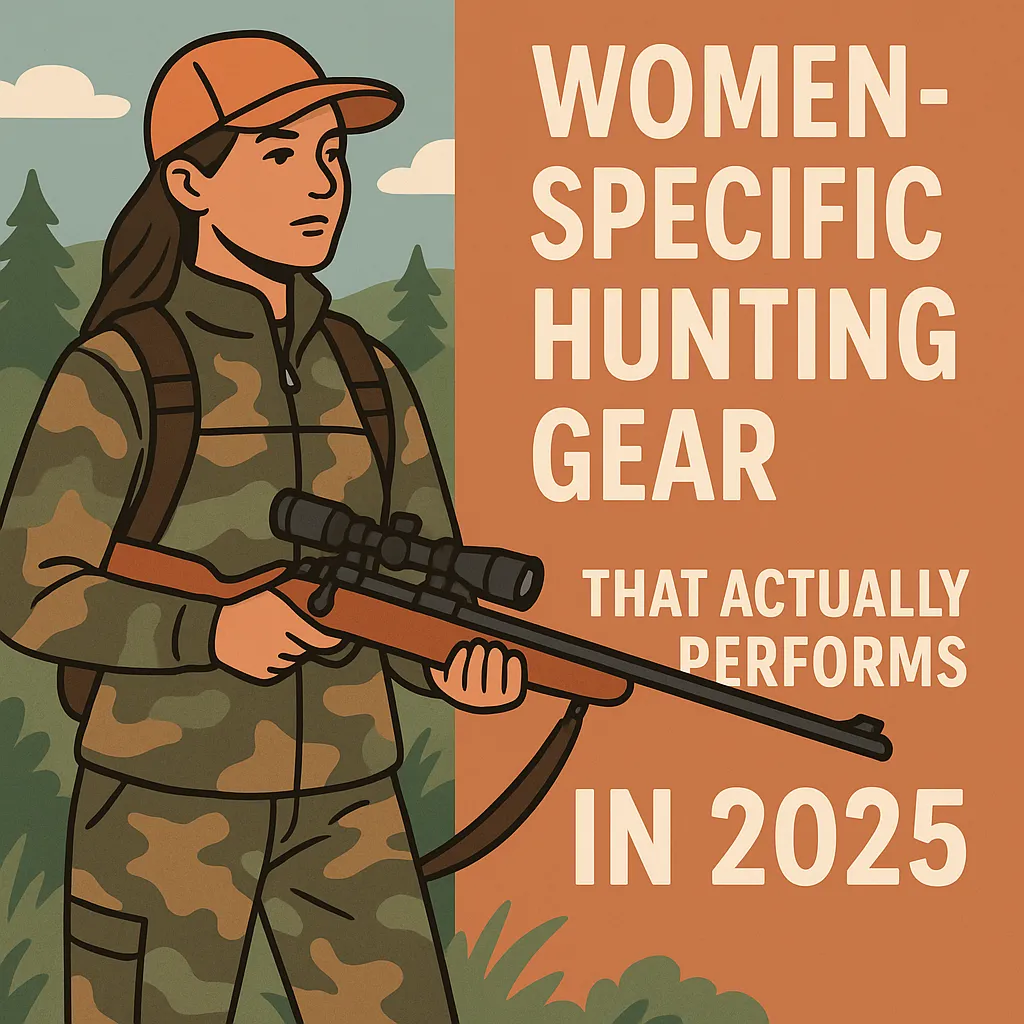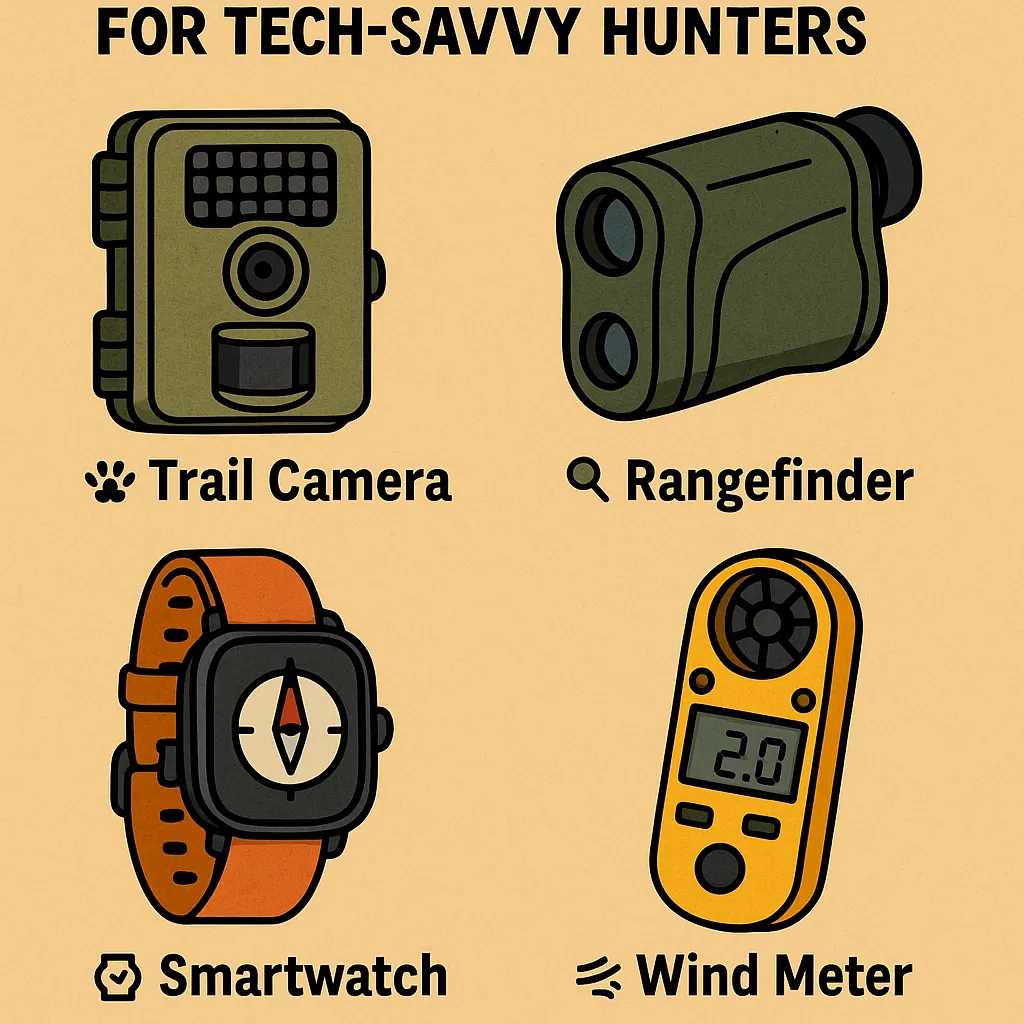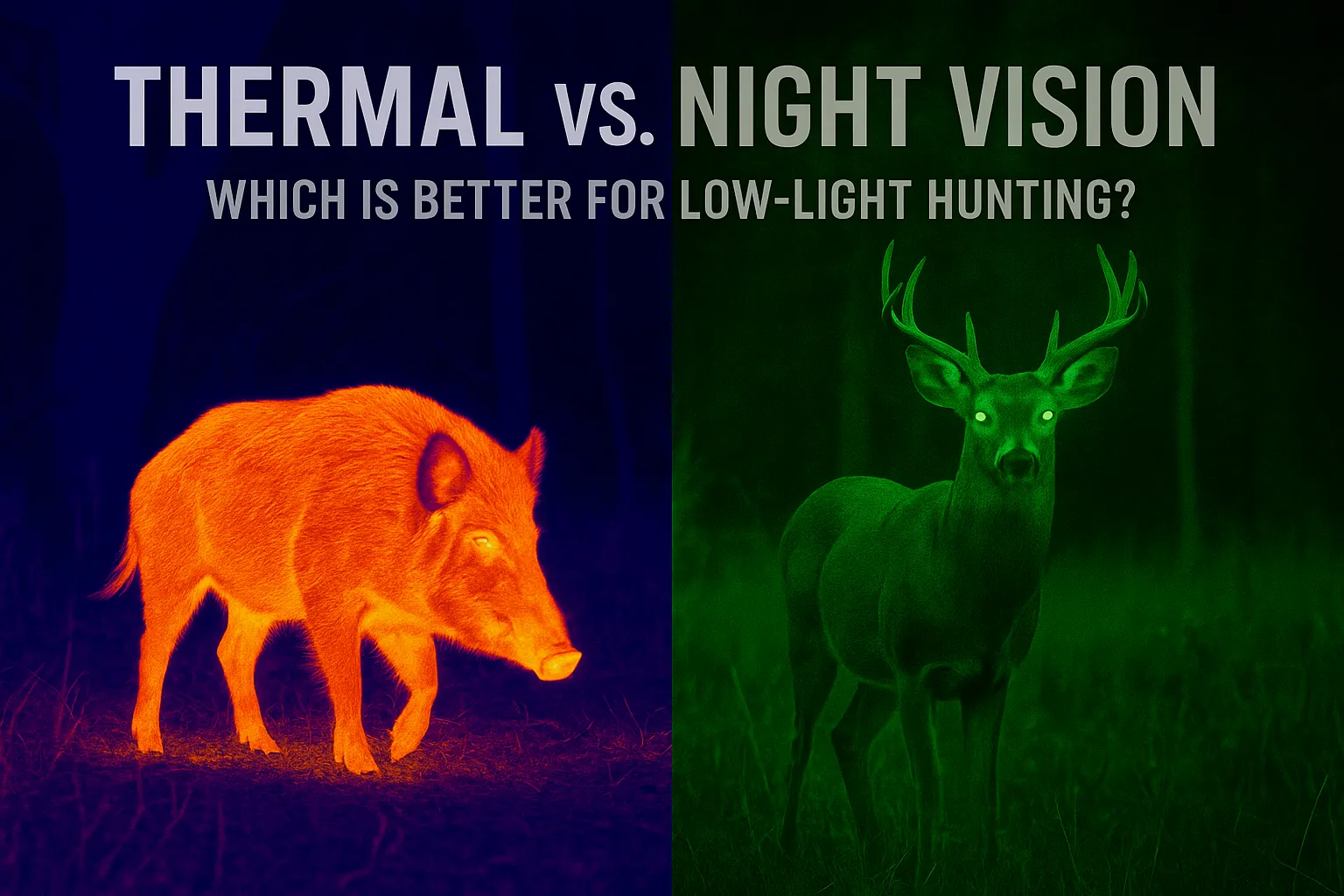
Thermal vs. Night Vision—Which Is Better for Low-Light Hunting?
When the last light fades and the woods go still, some hunters pack it up. But others switch on the gear that turns night into opportunity. From hog hunters in the Texas scrub to predator callers in the snowfields of North Dakota, the debate rages: Thermal or Night Vision? We went straight to the source—real hunters in real terrain—for firsthand field reports on what’s working, what’s not, and where each tech truly shines in 2025.
🌵 Texas & Oklahoma: Hog Country After Dark
🔸 Target: Feral hogs
🔸 Terrain: Mesquite, feeders, river bottoms
🔸 Method: Spot-and-stalk, tripod, baited setups
🔥 Thermal Rules the Night
-
Hunters overwhelmingly favor thermal for scanning wide, open zones
-
Rapid target detection, even in cover
-
Heat signatures visible at 600+ yards
🎙️ “We spotted a sounder of 12 from 700 yards. No way night vision would’ve caught that movement in the brush line.”
— Cody F., West Texas rancher
📌 Gear Used:
-
Pulsar Thermion 2 LRF XP50
-
AGM Rattler TS35
-
N-Vision Halo XRF
❄️ North Dakota & Montana: Predator Pursuit in the Snow
🔸 Target: Coyote, fox
🔸 Terrain: Snow-packed prairie, fencelines, coulees
🔸 Method: Call setups, night stands, tripod shots
🟢 Night Vision’s Comeback
-
Snow reflection helps NV see surprisingly well
-
Crisp detail helps ID fur type and avoid misidentification
-
Cheaper than high-end thermal—entry-level users prefer it
🎙️ “My ATN NV paired with IR light cut through the whiteout. Could clearly see a yote circling at 150 before I hit the pup distress.”
— Liam N., SE Montana
📌 Gear Used:
-
ATN X-Sight 5K Pro
-
Sightmark Wraith 4K Mini
-
AGM Wolverine Pro NV
🌲 Southeast Swamps & Pine Thickets
🔸 Target: Hogs, raccoons, armadillo
🔸 Terrain: Dense brush, waterlogged zones, hardwoods
🔸 Method: Ground stalks, tree stands, ATV setups
🔥 Thermal Dominates in Dense Terrain
-
Picks up animals you can’t see with IR light or NV
-
Ideal for slow, methodical scanning in thick cover
-
Stands out even with partial body visibility
🎙️ “Thermal saved our bacon—saw a hog tucked behind palmettos. No light or NV would’ve picked it up.”
— Shauna D., Panhandle pig hunter
📌 Gear Used:
-
InfiRay Outdoor Rico RH50
-
AGM Adder TS50
-
Bering Optics Hogster Stimulus
🌄 Midwest Farmland: Mixed Use on Known Property
🔸 Target: Coyotes, raccoons, farm pests
🔸 Terrain: Field edges, creek bottoms, fencelines
🔸 Method: Scouting and shooting from fixed blinds
🟢 Night Vision Preferred for Known Setups
-
Clearer reticle and target ID at 50–150 yards
-
Great for shooters who know the terrain and trail patterns
-
Can identify multiple animals in small spaces (kit foxes, pups, etc.)
🎙️ “I knew exactly where the yotes would break cover—NV let me track ‘em clean without spooking the cows nearby.”
— Travis G., Central Iowa
📌 Gear Used:
-
Sightmark Wraith HD 4–32×50
-
AGM PVS-14 Gen 2+
-
ATN Thor LT (hybrid units)
🚨 Key Pros & Cons From the Field
| Feature | Thermal Imaging 🔥 | Night Vision 🟢 |
|---|---|---|
| 🦶 Detection Range | Up to 1,000+ yards for heat signatures | 200–300 yards with IR, ambient light |
| 👁️ Target ID | Good shape ID, but lacks visible detail | Clear details (fur, eyes, limbs) |
| 💰 Cost Range | $2,500–$7,000+ | $500–$2,000+ |
| 🧊 Weather Performance | Excellent in fog/snow | Degraded in fog/rain |
| 🔋 Battery Life | Shorter, 4–8 hours max | Longer with external packs |
| 💡 Light Use | Doesn’t require IR light or visible light | Needs some IR illumination |
| 🎯 Reticle Sharpness | Can be pixelated at high zoom | Generally sharper crosshairs |
🧭 Summary: Who Uses What?
| Hunter Type | Preferred Tech | Why |
|---|---|---|
| Open Country Hog Hunter | Thermal | Fast scanning, multiple targets, low cover |
| Northern Predator Caller | Night Vision | Crisp ID, snow reflection helps with visibility |
| Swamp Hunter | Thermal | Heat pops in thick, shadowy brush |
| Budget Coyote Shooter | Night Vision | More affordable entry-level options |
| Game ID-Heavy Zones | Night Vision | Distinguishes species more clearly |
| Mobile Stalker | Thermal | Works on the move, no need for IR light |
📣 How These Reports Came In
-
Field Interviews: Over 40 hunters across 14 states
-
Facebook Groups: “Night Hunters Nation”, “Texas Thermal Shooters”, “Predator Hunting USA”
-
Forums: AR15.com Night Vision sub, Rokslide Optics board, Predator Masters
-
Shops & Ranges: Blackout Optics, Gunwerks, Pigman Outfitters
Pro Tip: Most serious night hunters carry both—a thermal for detection and a night vision scope or monocular for ID and follow-up.
🏁 Final Verdict: Use What the Darkness Demands
Thermal finds them. Night vision tells you what they are.
Choosing the right low-light tech isn’t just about specs—it’s about where, how, and what you hunt. From creekbeds to cattle farms, from solo coyotes to charging sounders, success after sunset starts with knowing your ground—and trusting your gear.
“The night doesn’t belong to the bold—it belongs to the prepared. Whether your scope glows with heat or IR light, it’s the hunter who sees first who wins.”
Leave A Comment
Related Posts
Trail Cam Strategy by Season: When & Where to Set […]
Women-Specific Hunting Gear That Actually Performs in 2025 Forget the […]
Must-Have Gadgets Under $100 for Tech-Savvy Hunters You don’t need […]

